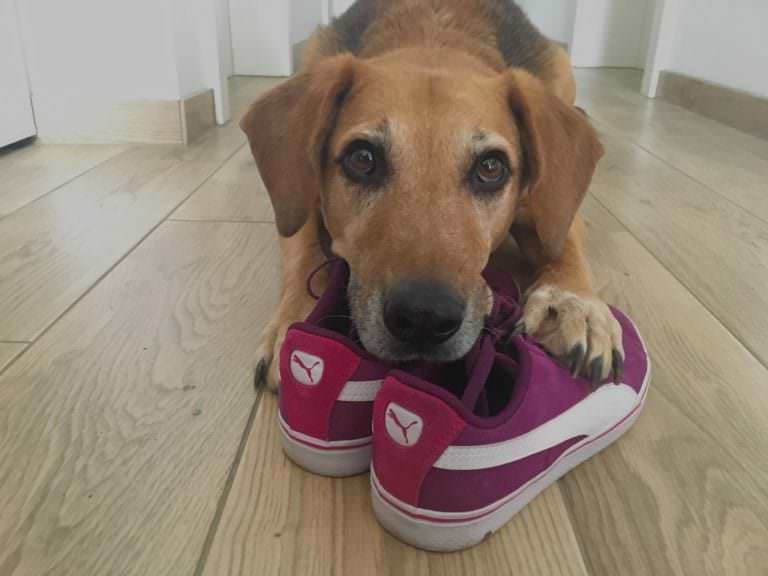Dog education – Part 2
Many of us always have a very “romantic” idea of living together with a dog. You go on relaxing walks and hikes together. You’ re cuddling on the couch at home. You are not alone, even if you can not have your family and friends around you.
At the latest after the four-legged friend has moved in, it will become clear how things will really turn out. In most cases it does not go immediately so easy and harmonious as you wish and imagine. But that is normal. You have to grow together and get used to each other. And when this has happened it is important to devote yourself to the education of your dog. Otherwise the harmony may disappear very quickly.
Why dog education does not ask for breed, size, weight and age
When educating your dog, it really doesn’t matter what size the dog is. Age and breeddoesn’t matter. Because dogs of any size, age and breed can, let’s face it, get on our nerves!
Let’s take three situations as an example: 1. shoes standing around, 2. visitor ringing the doorbell, 3. walk on the leash with another dog crossing.
Let’s start with the small dog breedsSpontaneously, I think of the breeds Chihuahua, Maltese and Yorkshire Terrier. All sweet breeds, no question. But also the small Chihuahua has teeth! He can steal a shoe and nibble on it and even destroy it completely. Of course, this is extremely annoying. The little Maltese gets totally freaked out as soon as the doorbell rings. When the visitor comes in, he is greeted effusively by the little dog, who starts a “high jump competition”. In return, the pup gets a lot of attention. This is not so annoying now, it is sweet when he is so happy that visitors are coming. Our little Yorkshire Terrier is very good to lead on the leash.
But only as long as no other dog crosses his way. Then he becomes a fury. Well, that is a bit embarrassing in front of the other dog owner. But you can pass quickly. The dog, which is a lightweight anyway, is simply taken along on the leash. If he resists too much, you take him up and carry him, which often upsets him even more.


With medium-sized dog breeds, the view already changes a bit. Let’s take the breeds Shiba Inu, Australien Shepherd and Beagle for our three examples. The Shiba Inu that finds the shoes and judges them as his own will probably do more damage than the Chihuahua. This is really extremely annoying. Of course, it depends on how vehemently each of the dogs go about it and how much time they have before they are discovered. 😉
The “high jump competition” is now done by the Australien Shepherd. A dog of this size can already make quite an impression. In any case, the visitor should not be afraid of a barking, jumping dog. Hm, that is quite embarrassing, if you have such a difficulty to receive visitors. Our beagle on a leash is not really interested in his human while walking anyway. He much prefers to have his snout on the ground and sniff for all he’s worth. He does this so enthusiastically that the leash is always taut. He pulls the other end of the leash through the landscape as it suits him. He doesn’t even notice the dog coming towards him, but his human does. He has his hands full to reel in the leash. What is not so easy, as the leash is already taut and the dog is moving at such a speed. Well, quite embarrassing in front of the other dog owner and also a bit nerve-wracking. Because if the super sniffer would have given the passing dog his attention after all, it would not have turned out very friendly. Phew, lucky you!
Our three large dog breedsare the Bernese Mountain Dog, Golden Retriever and Labrador. Yes, so if such a huge Bernese mountain dog takes care of the visitors who come in at the door first, then there is already some action. When he jumps up he is almost as big as a human. Not a nice situation, neither for human nor for dog. If our Goldie catches the pair of shoes, it doesn’t take much time and they are ruined. And the behavior of the Labrador on the leash is a mixture of the Yorkshire Terrier and the Beagle. He drags the other end of the leash around, sniffing here and sniffing there. But UH, here comes another dog, what’s he doing here? A dog this size, is really very hard to keep on a leash when he is already pulling on that leash. This is not only embarrassing, but also dangerous for all involved.
The examples of the situations and the dog breeds are of course exchangeable at will. Instead of the shoes, the remote control or even furniture can also get damaged. Or the cookie plate at the living room table is eaten secretly empty. But the “destructiveness” of our dogs should not only annoy us. It is to be considered, that it can become quite dangerous for dogs of each breed, each size and each age. If hard pieces are swallowed, it can cause great damage to the dog’s body. Or if the cookies were chocolate or sugar substitute, that can be highly toxic to dogs. For small dogs more than for big ones, because a small dog body reacts much faster to the dose.

TIP: Everything that is not lying around, the dog can not reach and destroy! Therefore, shoes in the shoe closet, remote control in the tray, cookies in the jar!
You mean, but the shoes, the remote control and the cookies have always been there. Well, they aren’t anymore. With a dog in the house, things change. And honestly, what’s the big deal?! Go for it, because it saves human nerves and is better for your dog’s health!
At first it seems the matter of the visit, is more important to medium and large dogs. But far from it! Because even a small dog can break the visitor’s stockings, bags or expensive shoes. Moreover, you should ask yourself why the dog shows this behavior. It is not cute! On the contrary, the dog is obviously frantic and extremely stressed. This is also absolutely unhealthy for the dog. Far from harmonious and relaxed. The same applies to the walks. Sure, I can just take my little dog up and steal myself out of the unpleasant situation. But that won’t help the dog at all to go into such situations more calmly in the future. It is not only unhealthy for the dog to be constantly exposed to this stress, but it is also dangerous for everyone involved. In such a tense and perhaps even unclear situation, something can happen quickly.
Therefore, please give your dogs a good education! How are you doing with this? Or what situations have you experienced on your last walks? In part 3 of the “Dogs – Education” articles, we dedicate ourselves to the topic “How is dog education done now?”. Feel free to leave us your comments, we look forward to your impressions!
Get in touch with our team.
Our experts are available for your inquiries.
